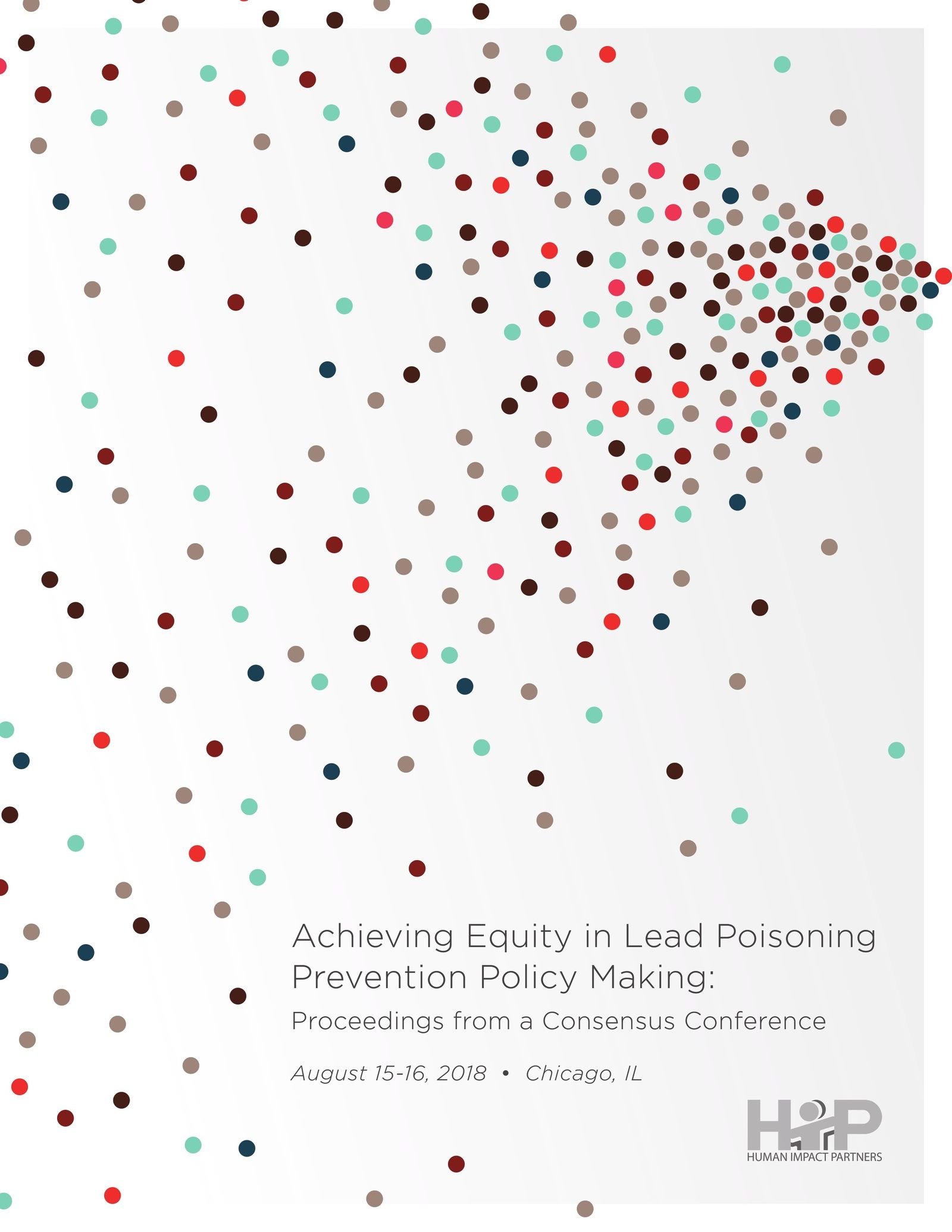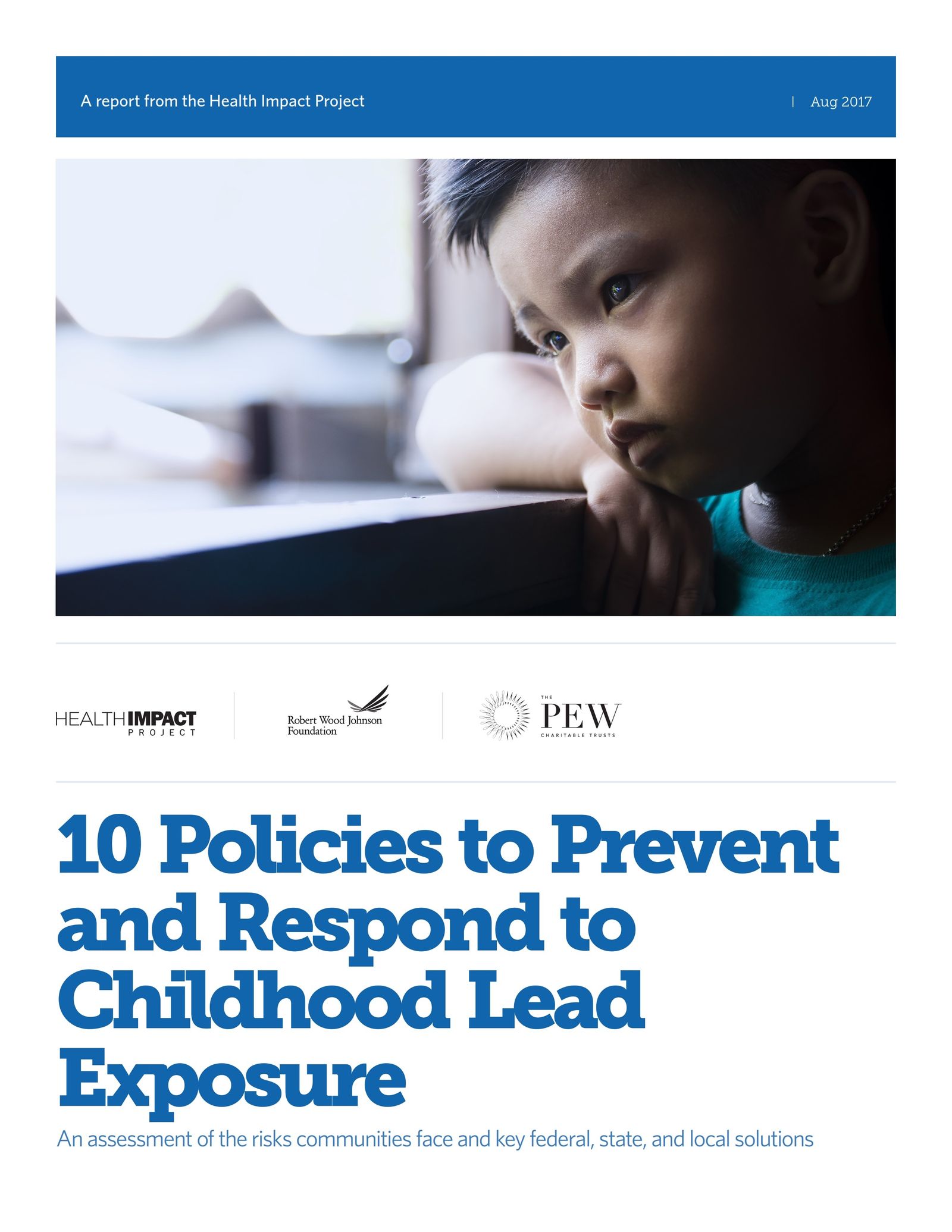Overview
Across the United States, advocates and policy makers are creating policies to prevent lead exposure and poisoning. As these policies are developed and implemented, there is a real risk of unintended consequences for low-income communities and communities of color. This risk arises because, too often, people from these communities are not included in each phase of policy development.
That’s why we supported Human Impact Partners (HIP) to convene a consensus research conference to look closely at the potential equity impacts of new lead policy. In August 2018, nearly 40 experts from across the country came together at the Joyce Foundation for the Equity Analysis of Lead Policies Consensus Conference.
The goals of the consensus conference were:
- To explore the extent to which policy makers are developing and implementing housing- and water-related lead prevention policies in consideration of equity impacts in low-income communities and communities of color, and
- To make recommendations to improve equity considerations for those communities.
The consensus conference participants are experts on lead exposure and prevention. They come from national and local advocacy groups, community-based organizations, water utilities, academic institutions, and federal and local health agencies.
We think their findings and recommendations, detailed in this report by HIP, provide helpful guidance for advocates and policy-makers at every level of government. The report is a first step toward ensuring that well-intentioned lead policies do no harm, and that everyone benefits from them.
Stay tuned for more tools for nonprofits, community-based groups, and policymakers to address the equity implications of lead poisoning prevention policies.
Download the full report here.
Download the slide deck summary here.
Human Impact Partners (HIP)
Human Impact Partners blogged about the importance of recognizing the risks of lead exposure, and identifying a more nuanced and equitable set of recommendations on lead prevention and reduction policy.
Choosing Policies for Analysis
In 2017, a report by the Health Impact Project, a collaboration of the Robert Wood Johnson Foundation and the Pew Charitable Trusts, identified 10 policy recommendations and 70+ tactics that federal, state, and local governments could pursue to address the lead crisis.
This influential report, “10 Policies to Prevent and Respond to Childhood Lead Exposure” is informing policymakers and lead poisoning prevention efforts across the country. Subsequent to publishing the report, the authors and others sought to complement it with a more thorough analysis of the equity implications of policies to inform state and local policy processes.
The Consensus Conference was convened to provide some of that analysis and focused on three of the policy recommendations from the report:
- Residential lead service line (LSL) replacement
- Lead testing in water at schools and licensed childcare facilities
- Testing and remediation of lead-based paint hazards in housing
Learn more about their report here.
Download the slide deck explaining the cost benefit analysis of lead exposure prevention policies.

Informational Webinars
The following webinars provide an overview about lead exposure from drinking water at school, at daycare and at home, and from paint in older buildings:

About The Joyce Foundation
Joyce is a nonpartisan, private foundation that invests in evidence-informed public policies and strategies to advance racial equity and economic mobility for the next generation in the Great Lakes region.